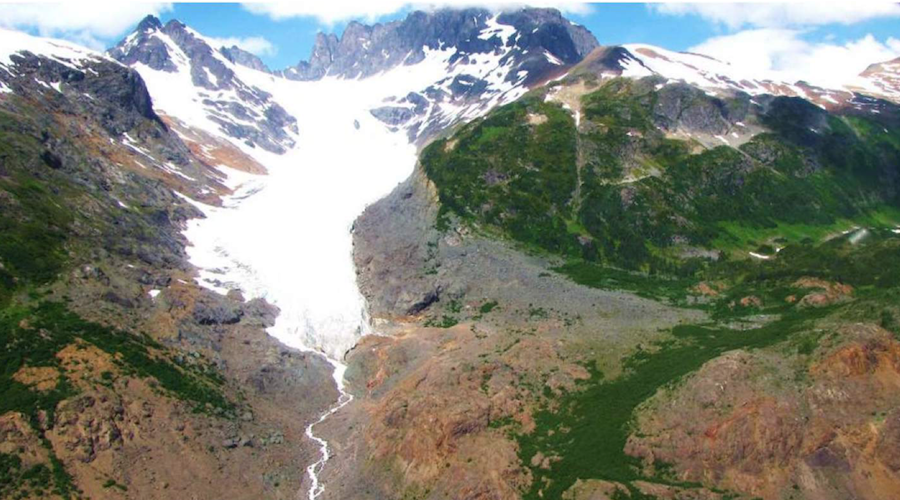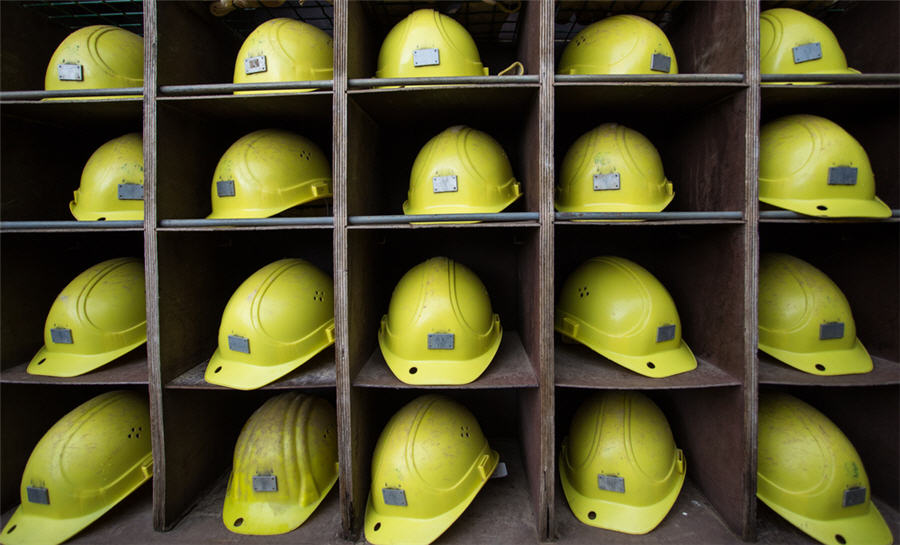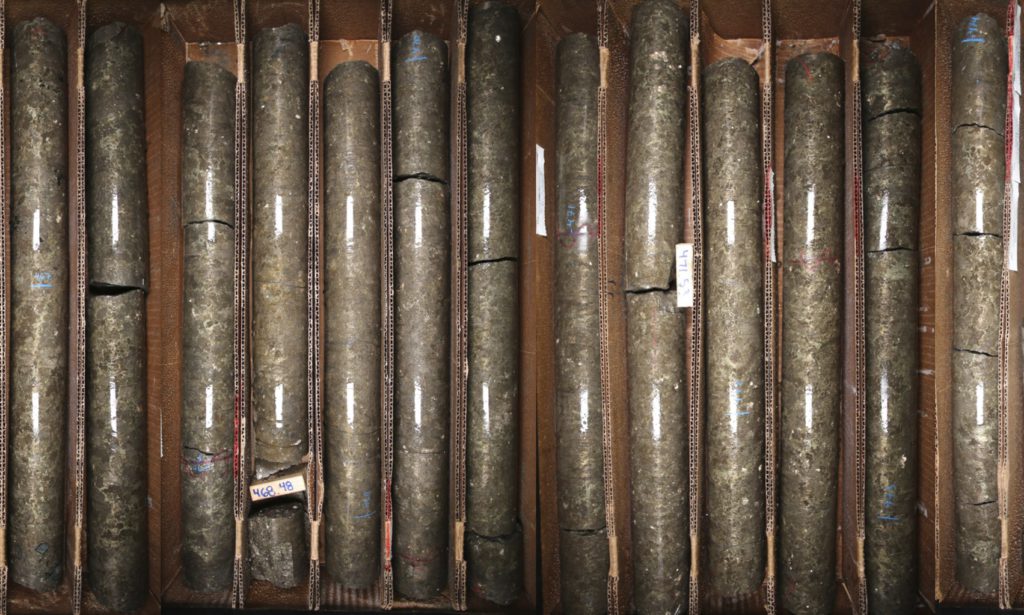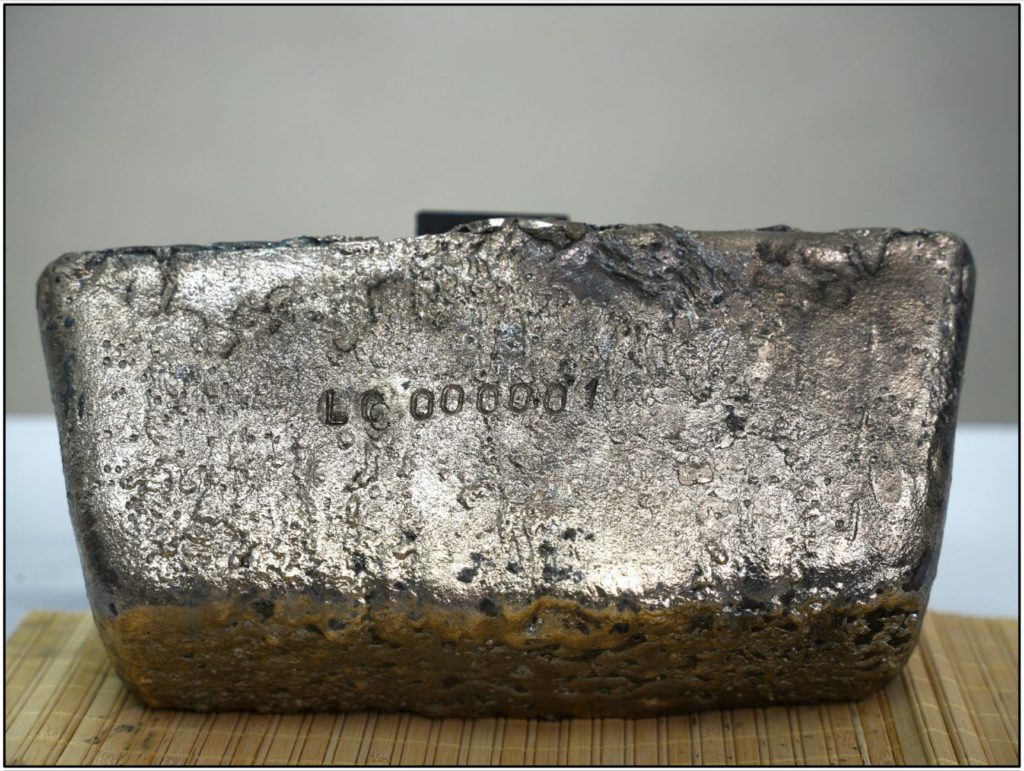How machine learning can help identify new, deeply buried porphyry copper deposits


According to the paper’s authors, their main objective was to improve traditional geochemical indicators plagued by high false-positive rates.
To achieve such a goal, the researchers developed two algorithms, which they called ‘random forest’ and ‘deep neural network.’ They formulated the models using a global dataset of zircon chemistry, which is normally employed to evaluate the porphyry copper deposits in magma.
In detail, they focused the models on 15 trace elements. They then validated the models with independent data sets from two well-characterized porphyry copper deposits in south-central British Columbia, Canada, and Tibet, China.
Both models resulted in a classification accuracy of 90% or greater. The ‘random forest’ model exhibited a false-positive rate of 10%, whereas the ‘deep neural network’ model had a 15% false-positive rate. In comparison, traditional metrics report false positives at a 23%–66% rate.
Europium, yttrium, neodymium, cerium, and other elements emerged as significant indicators of magma fertility.
The models’ performances show that the algorithms can distinguish between fertile and barren magmas using trace element ratios. Notably, model performance was not affected by regional differences or geologic settings.
In the scientists’ view, as the demand for rare earth elements, minerals, and metals surges, machine learning is going to continue to be used as a robust, accurate, and effective approach for identifying and locating porphyry copper resources.
This post has been syndicated from a third-party source. View the original article here.




